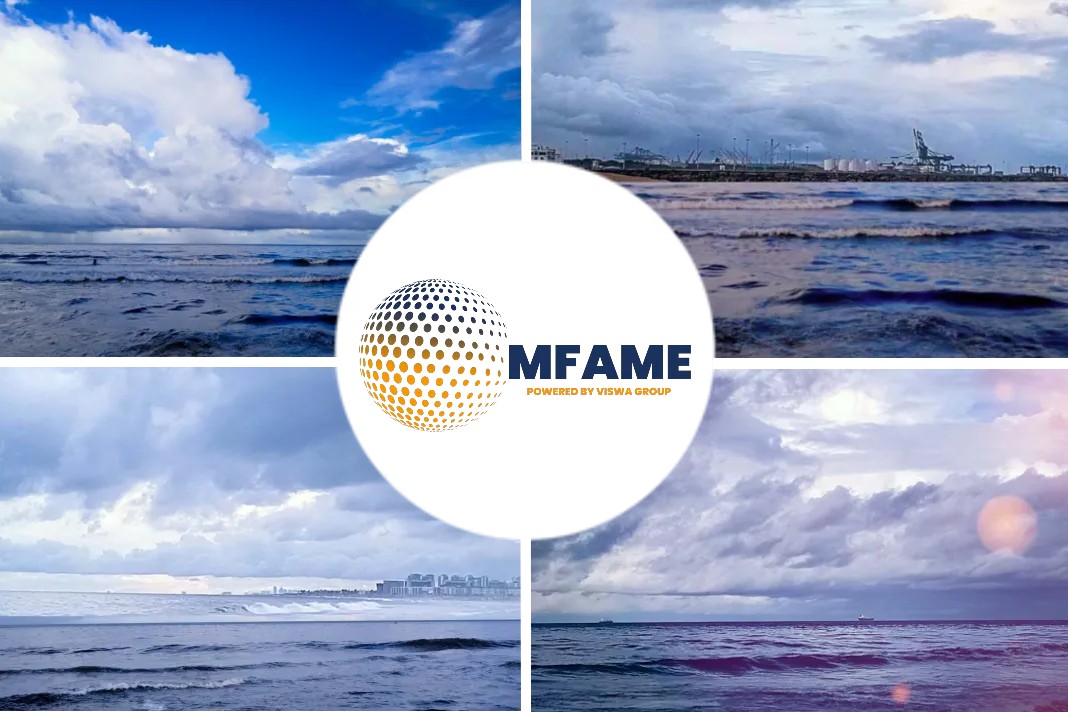
European Commission directorate-general for mobility and transport Ricardo Batista presented the latest European Union (EU) regulations and incentive schemes for encouraging shipping to cut emissions during Riviera Maritime Media’s Maritime Hybrid, Electric & Hydrogen Fuel Cells Conference in Bergen, Norway, 18 October.
He explained how the emissions trading scheme (ETS) will be joined by the FuelEU Maritime regulation, carbon taxes and actions to prompt ports to invest in shore power supply.
These are all part of the EU’s Fit for 55 programme to reduce GHG emissions by 55% by 2030 and be climate neutral by 2050. The ETS, carbon taxes and trading scheme promote energy efficiency and the transition away from fossil fuels.
FuelEU Maritime regulations
EU’s FuelEU Maritime aims to attract investment to produce and consume low-carbon and net-zero fuels, such as biodiesel, bioLNG, biomethanol and the development of synthetic fuels derived from renewable power generation – e-methanol, e-diesel, e-LNG, hydrogen and ammonia.
He anticipates FuelEU Maritime regulations will apply from January 2025, while the plan will be monitored from August 2024.
Within Fit for 55, the European Commission aims to drive shipping to cut CO2 emissions with a 2% reduction per ship in 2025, 6% in 2030, 14.5% in 2035, 31% in 2040, 62% in 2045 and 80% in 2050.
Technologies that can be used to achieve these targets include a kite-sail system, rigging sails, solar sails, renewable low-carbon fuels, onshore power, hydrogen fuel cells, low-carbon fuel for auxiliary power, multi-fuel engines and fuel cells.
“We will also be considering the use of onboard carbon capture and storage in the future,” said Mr Batista.
Consumption of zero-emissions fuels
The next major push by the EU will be promoting the production and consumption of zero-emissions fuels and other power sources.
In Norway, shipping will be impacted by EU ETS and other regional regulations, but there are national drives to encourage owners to invest in zero-emissions vessels.
Norwegian Ministry of Climate and Environment’s chief negotiator in the green shipping, department of marine management and pollution control, Sveinung Oftedal, explained some of these initiatives.
“Norway’s national policy will provide support and co-operation to achieve emissions reductions to meet our targets,” he said.
The latest information on this policy was published in October, including the requirements for reducing emissions for various ship segments. In passenger shipping, new contracts for ferries will require zero-emissions ships in 2024 and this will be included for new contracts for fast ferries in 2025.
Green Shipping Programme
Mr Oftedal added cruise ships will need to sail with zero emissions in the World Heritage Fjords from 2026.
Offshore support vessel owners will need to introduce low emissions technologies on assets from 2025 to 2029 for renewed charter contracts with offshore oil and gas producers. And there will be support for ports installing electrical power to provide to ships at berth and a renewed focus on developing ammonia and hydrogen-based fuels.
“The Green Shipping Programme supports and has service functions for climate partnerships between government and the maritime sector,” said Mr Oftedal. There is co-operation with the Norwegian Maritime Authority and industry projects.
Further policy developments will be coming each year and there will be regular reports into the status of the green maritime transition. “Our national action plan can pave the way to introducing zero-emissions vessel operations,” said Mr Oftedal, as he showed Norled’s Hydra hydrogen-powered ferry as an example.
Did you subscribe to our daily newsletter?
It’s Free! Click here to Subscribe!
Source: Riviera Maritime Media
















Very interesting info!Perfect just what I was searching for!